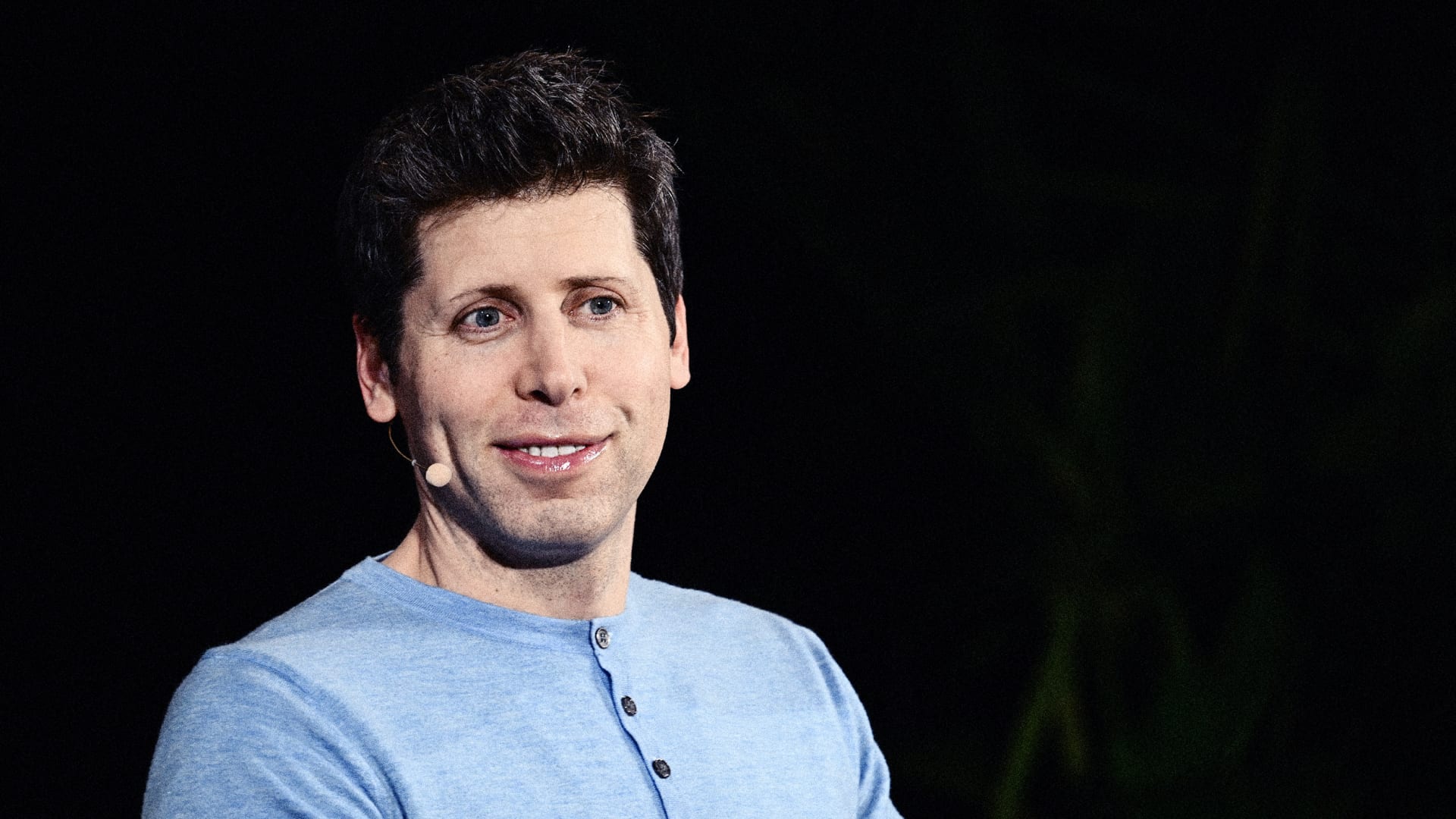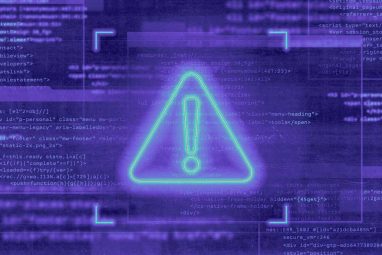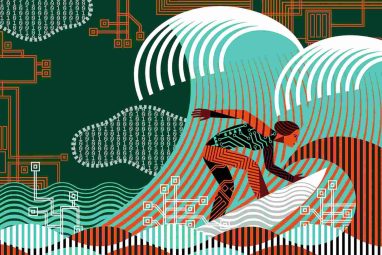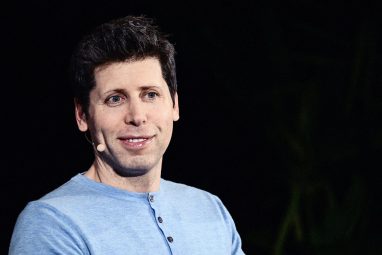OpenAI Sets 2026 Goal for AI Research Intern, Plans $1.4T Compute Push
Chief scientist Jakub Pachocki, who joined Altman on the livestream, said the proposed system is “not to be confused with a human who researches AI.”
Topics
News
- OpenAI Weighs Trillion-Dollar IPO Following Major Restructuring
- After AWS, Microsoft Faces Wide Azure Outage Before Earnings
- OpenAI Sets 2026 Goal for AI Research Intern, Plans $1.4T Compute Push
- OpenAI Becomes a For-Profit Company
- Jindal Steel Names Gautam Malhotra CEO
- AI Agents are Now Part of the Developer Workflow, Satya Nadella Says

OpenAI is aiming to build an “automated AI research intern” by September next year and a “true automated AI researcher” by March 2028, chief executive Sam Altman said in a livestream recap on X.
Altman said the company aims to run these advanced AI systems on hundreds of thousands of GPUs, acknowledging the scale of the challenge: “We may totally fail at this goal, but given the extraordinary potential impacts, we think it is in the public interest to be transparent about this.”
Chief scientist Jakub Pachocki, who joined Altman on the livestream, said the proposed system is “not to be confused with a human who researches AI.”
He described a tool that can take on larger research projects autonomously, from forming hypotheses to running experiments and writing up results with limited human supervision.
“We believe that it is possible that deep learning systems are less than a decade away from superintelligence,” he said, defining that as systems smarter than humans across a large number of critical actions.
Altman said he expects OpenAI’s systems to start making “small new discoveries” by 2026, with “big ones” possible by 2028 if the plan holds.
“Science, and the institutions that let us widely distribute the fruits of science, are the most important ways that quality of life improves over time,” he said.
The company said the researcher push will run on hundreds of thousands of GPUs and other accelerators.
Altman called the scale unavoidable if OpenAI is to pursue systems that can contribute to scientific progress rather than only assist with routine tasks.
Pachocki said the near-term goal is to prove the intern can handle end-to-end work packages and reliably propose follow-on experiments, a step the firm views as a precursor to a fully automated researcher.
OpenAI framed the timeline as aggressive but necessary to keep pace with advances in model capability and to test whether automated research can safely accelerate discovery.
Altman said the company will share updates and setbacks as it goes, adding that public visibility is part of the commitment.
To support its AI ambitions, OpenAI has outlined a long-term buildout of roughly 30 gigawatts of compute with a projected total cost of ownership of about $1.4 trillion.
Altman said the company ultimately wants an “AI factory” that can add 1 gigawatt of new compute per week as model confidence and revenue grow, while acknowledging the scale and execution risk.
OpenAI had this week introduced a new structure that it says aligns fundraising with a public-interest mandate.
A nonprofit, the OpenAI Foundation, will govern OpenAI Group, a public benefit corporation. The foundation will initially own about 26% of the PBC and can lift its stake through performance warrants.
It has pledged $25 billion toward programs in health, disease research, AI resilience, cybersecurity and managing the transition to artificial general intelligence.




